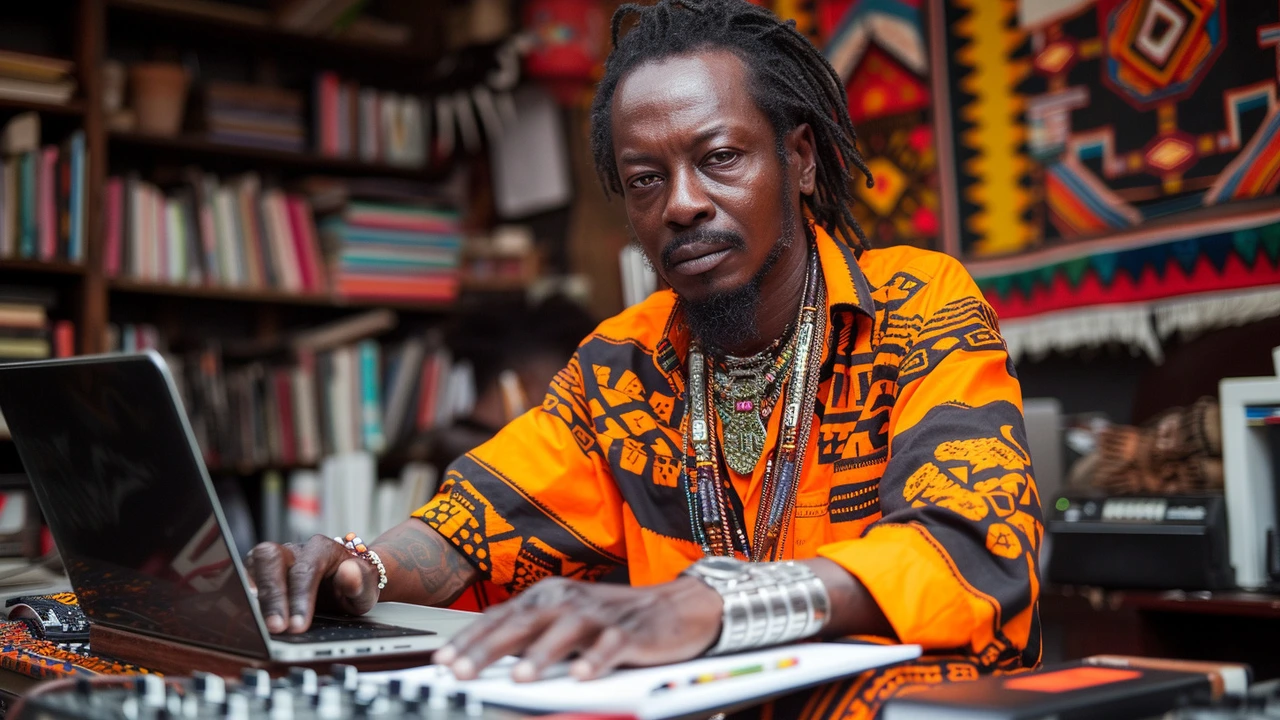Tribal Armaments: Origins, Types, and Responsible Handling
Tribal armaments are more than tools of war or hunting. They hold history, identity, and ceremony. A spear, club, or ceremonial knife can tell you about a group's skills, beliefs, and daily life. If you come across these objects—online, in a market, or at a museum—knowing what they are and how to treat them matters.
Common Types and Materials
Most tribal weapons fall into a few clear categories: stabbing tools (spears, daggers), cutting tools (knives, sickles), striking tools (clubs, maces), and ranged tools (bows, slings). Shields and armor often appear alongside them. The materials are practical and local: hardwoods, bone, antler, stone, shell, plant fibers, and, in many places, metal after trade introduced it. Decoration can include carvings, pigments, feathers, beads, or metal inlays—each element can carry symbolic meaning.
Look at construction to learn age and use. Hand-carved edges and fiber bindings suggest traditional methods. Forged metal parts might indicate later contact with trade networks. Patina, wear marks, and repair patches tell a story about how the object was used and cared for.
Handling, Care, and Ethical Collecting
Handle tribal armaments with care. Wear clean gloves to avoid oils from your skin. Support long or fragile pieces from under their strongest points—don’t lift by a thin blade or loose handle. Keep items away from direct sunlight and high humidity. Simple climate control and stable shelving go a long way to prevent cracks, rust, and mold.
If you’re interested in collecting, start with provenance. Ask where the piece came from, who owned it, and whether it was legally exported. Many communities want objects returned; museums and reputable dealers check ownership records. Avoid buying items with unclear histories or that were clearly looted. Ethical collecting isn’t just legal—it builds respect and long-term value.
Museum-quality care can be simple: document each item with photos and notes, clean only when necessary and with appropriate tools, and consult a conservator for fragile or composite pieces. For items with pigments, textiles, or organic parts, professional advice matters because wrong cleaning can erase the story the object holds.
Finally, listen to source communities. They often have the best knowledge about meaning, proper handling, and where pieces belong. Sharing credit, asking permission to display or publish images, and supporting repatriation efforts are practical ways to act responsibly. Treat tribal armaments not as curios, but as cultural records that deserve careful attention and respect.

Rungu: The Tribal Weapon You've Never Heard Of
Hello, everyone! Today, we're diving headfirst into a slice of African heritage that's not commonly known - the Rungu weapon. A symbol of authority in some East African tribes, this simple yet significant weapon tells a great tale about the people who crafted and used it. We'll explore what the Rungu is, its rich history, tradition, and importance. Get ready to swot up on a piece of tribal weaponry you've probably never heard of!




